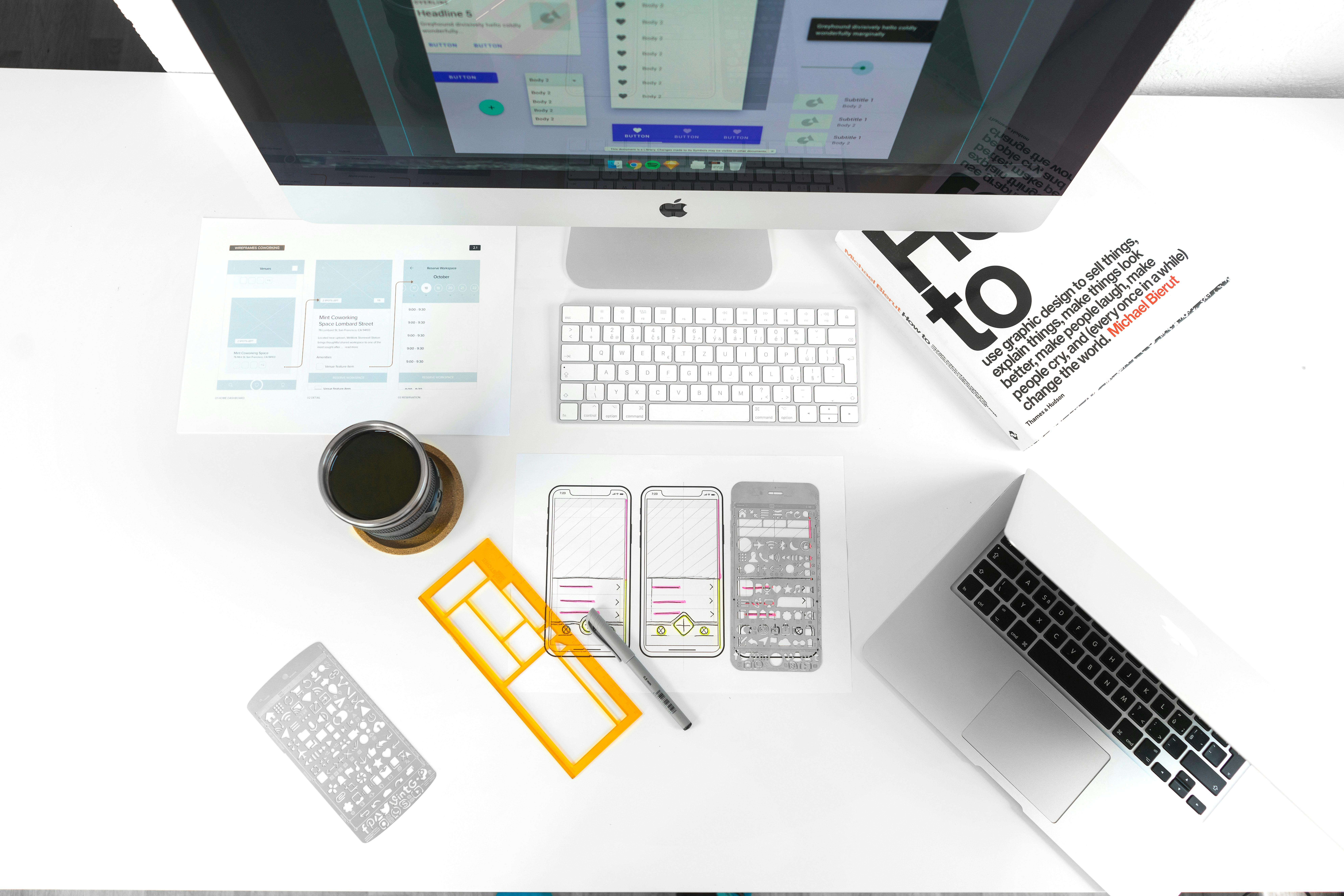
Coming up with the best designs for your app is a costly and time-consuming process. It gets more tricky when you start testing your design for usability and bugs. Here are 8 tips that you should use while coming up with your UI/UX design to help you make testing easier.
1. Follow a Pattern
A simple design pattern helps you design with predictable theming and flavor. It allows you to use a common UI base in all components across all your interfaces. A good pattern is flexible, elegant, and easy to remember.
2. Design for Data
Always keep in mind the structure of your data source. Identify the important data points and the ones that should be dropped. Classify the data and make groupings on the interface for a better user experience. Use simple labels or icons only if necessary. Avoid visible labeling as much as possible.
3. Align Measurements With a Standard
Several guidelines on material design exist for UX designers to choose from. It is easy to get confused when working with spacing, margin, font sizes, and image alignments. Stick with one standard and make slight deviations only when necessary.
4. Communicate Plans Ahead of Changes
Good communication will help your team members gain trust in your design process. Not every change in design strategy is good for the overall look and feel of your app. Also, your team members working on the data sources will be open to sharing changes with you that they make on the data. Let everyone know what to watch out for during the next phase of your design process.
5. Watch Out for Hidden/Missing Requirements
It is not cool when the front-end engineer keeps coming back to you for a missing feature in your design. To avoid this, allow yourself space to figure out creatively what it takes to bring the design to life. Consider your designs as a mirror of the real app that will be sitting on a real device before a real user.
6. Take Note of Technical Debt
Wait, what? Technical debt with no code? Yes, you got it right. The missing icons or font assets should be fixed as soon as the set is ready. Make short notes about any component or section that is not ready yet or requires more research to design. This will save you some UI bugs down the line.
7. Reuse Your Design
The best way to keep your interfaces consistent is by reusing certain sections that recur. With a good measurement standard in place, while making use of a simple design pattern, you will find it easy to reuse your design.
8. User Comes First
Lastly, when it comes to deciding whether to optimize for user experience or save time, go for the user experience. It does not pay to give your users a poorly designed interface, that they are not going to enjoy anyway, for the sake of shipping out features fast.
About the author:
Dennis Murage is a Software Developer, tech enthusiast, and UI/UX Researcher. muragemd@gmail.com
